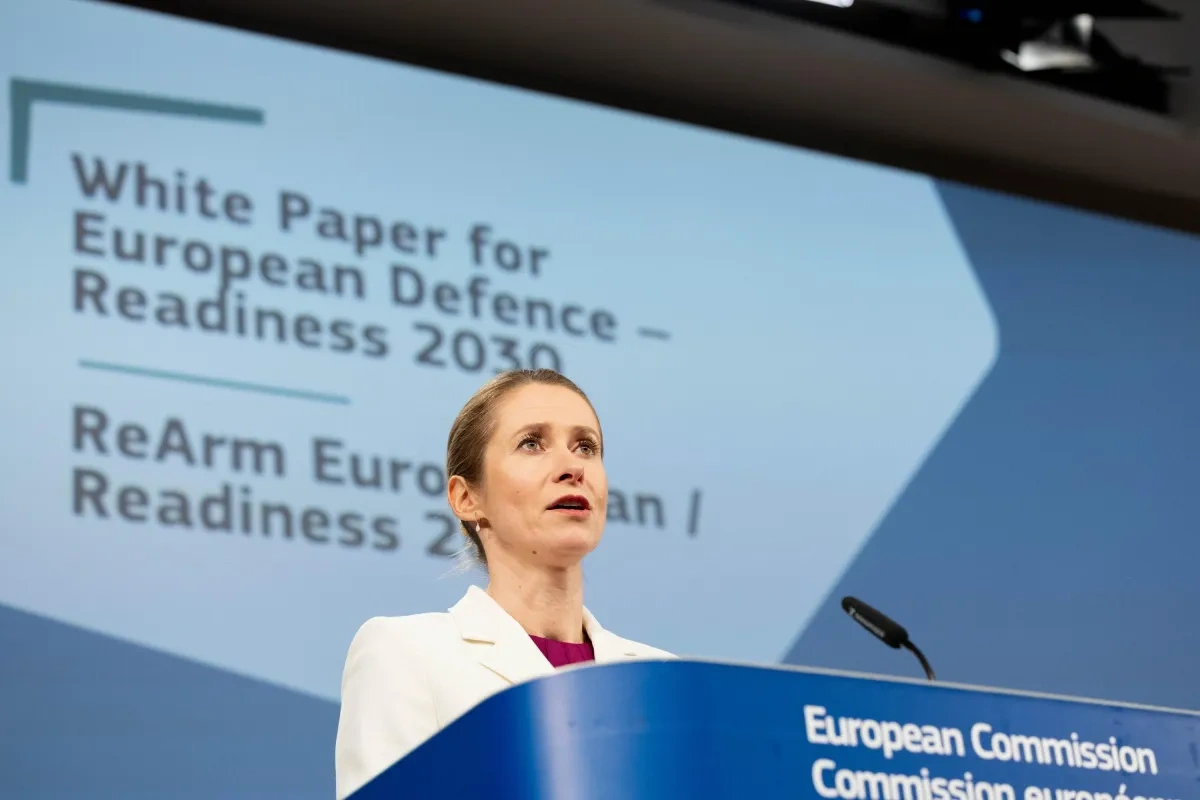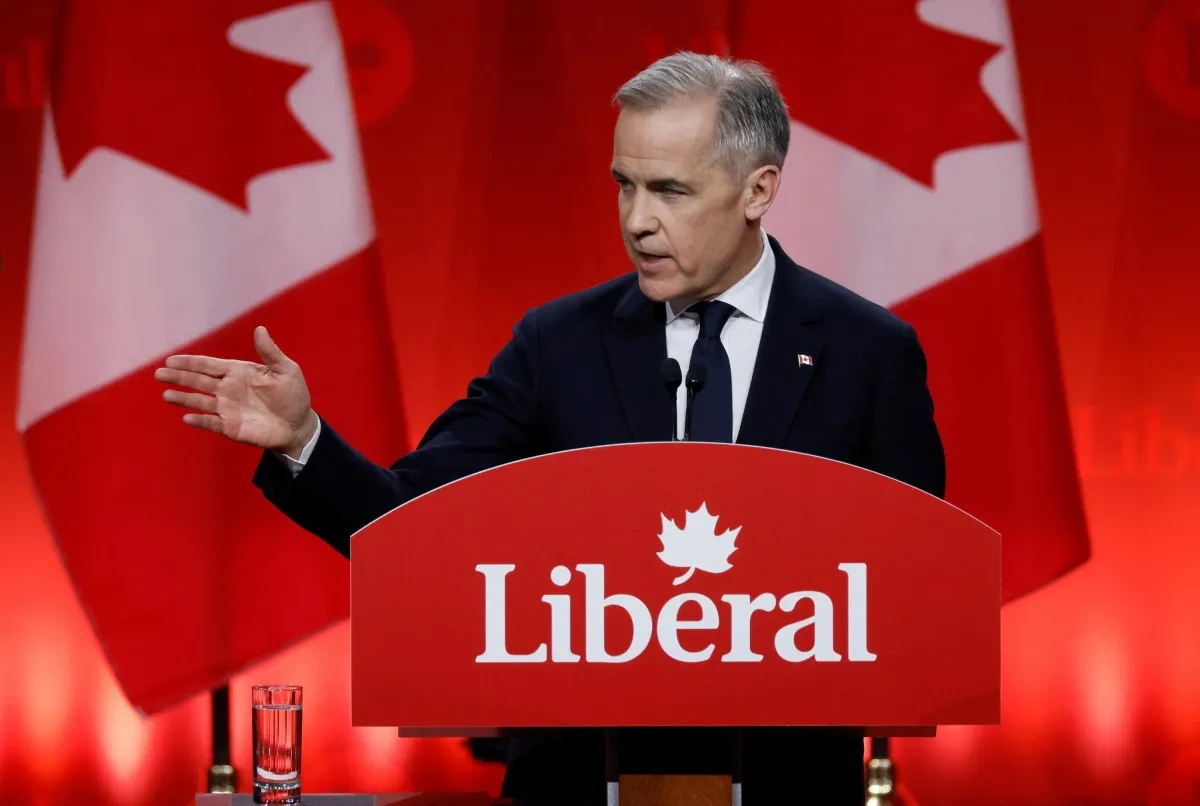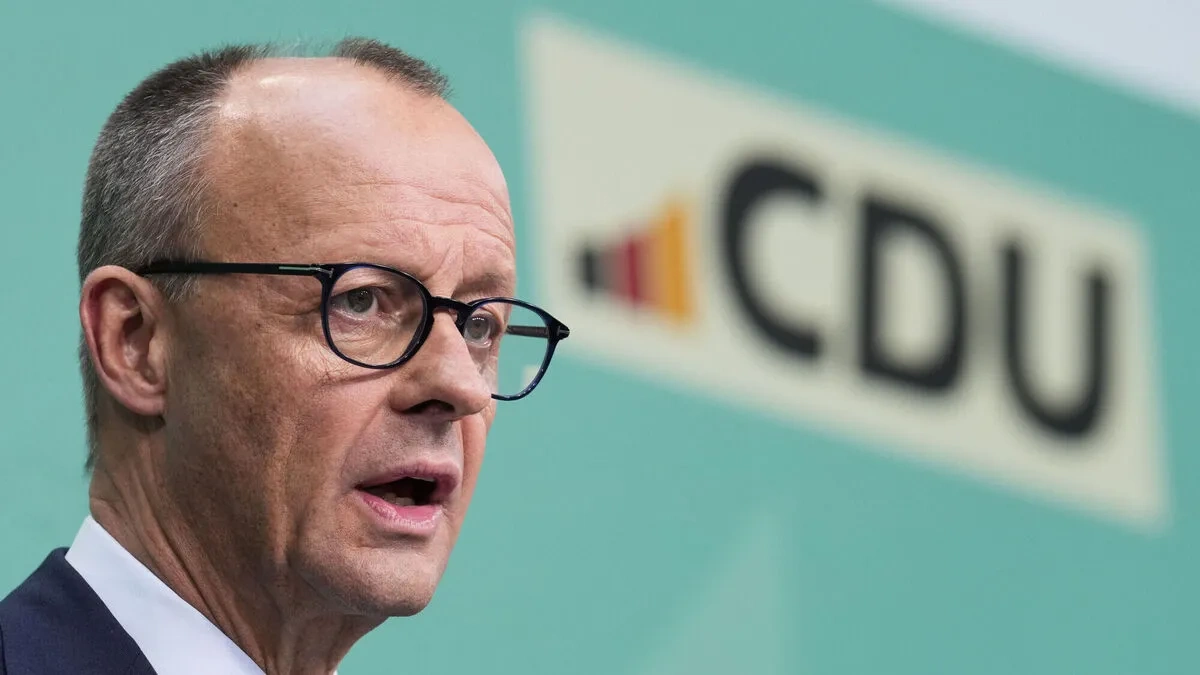
Davide Genini, Dublin City University
On 19 March 2025, the High Representative and the European Commission announced the White Paper for European Defence – Readiness 2030. Published under the political guidelines of the second mandate of European Commission President Ursula von der Leyen, the document aims to prepare the EU for the potential threat of a war of aggression by 2030. The White Paper serves as the strategic foundation for addressing critical gaps in the current European defence ecosystem. It outlines measures to increase defence spending, focus investments on strategic capabilities, strengthen support for Ukraine, develop an innovative and self-reliant European defence industry, and enhance security relationships with global partners.
In light of Russia’s growing threat and the United States’ increasing detachment from Europe, three key steps must be prioritized.
First and foremost, a ‘porcupine strategy’ for Ukraine. Since 2022, Ukraine has been on the front line of European defence, and its security is inseparable from European security. Therefore, the White Paper calls for increased long-term military support for Ukraine and deeper integration of Ukrainian defence industries within Europe. This includes supplying two million rounds of ammunition annually, launching a new air defence initiative, providing drones, ensuring sustainable training after any ceasefire, using Russia’s windfall profits to support Ukraine’s industry, improving military mobility, and enhancing the sharing of space assets. By the end of 2025, the High Representative and the European Commission will present a joint communication on military mobility, including specific legislative proposals.
Second, a genuine European single market for defence. The current European defence industry is highly fragmented, dominated by the largest Member States, tailored to national priorities, and heavily dependent on imports from the US. Although defence equipment purchases have quadrupled since 2014, national industries remain too small to scale up to the level of a unified European defence industry capable of competing with US and Chinese production. To address this, the EU must establish a single defence market free from regulatory barriers, based on harmonised European rules, and responsive to European preferences. Two initial steps will be the Defence Omnibus Simplification proposal by June 2025 – aligned with the ambitions of the Competitiveness Compass presented earlier in the year – and the launch of a Strategic Dialogue with defence industries to facilitate multi-annual purchasing agreements. A fully integrated European defence market would unlock significant economic potential, including improving competitiveness and boosting high-skill employment. Traditional manufacturing sectors, such as automotive, steel, and aluminium – especially after the imposition of US tariffs – could benefit by repurposing production and investments towards dual-use technologies like AI and robotics. To support this shift, the Commission will launch a European Armament Technological Roadmap in 2025 to drive investments in dual-use goods and strengthen Europe’s technological edge.
Third, a new economic and fiscal governance for defence. While the EU’s total defence spending reached 1.9% of GDP in 2025 – doubling investments in defence production since 2021 – it remains significantly lower than the levels seen in the US, China, and Russia. The ReArm Europe plan, announced by President von der Leyen on 4 March 2025, seeks to address this gap by unlocking up to €800 billion in European defence spending over four years. This will require easing budgetary constraints established under the renewed Stability and Growth Pact endorsed by Member States just one year ago – a reflection of the EU’s shifting strategic priorities. Under this framework, Member States will be allowed to exceptionally invoke the national escape clause within the Stability and Growth Pact, enabling coordinated fiscal flexibility of up to 1.5% of GDP for defence spending until 2028 without triggering an excessive deficit procedure. In parallel, the Commission has launched the Security Action for Europe (SAFE), which will provide up to €150 billion in loans backed by the EU budget. Similar to the SURE programme during the COVID-19 crisis, SAFE is legally grounded in the ‘emergency clause’ of Article 122 TFEU and aims to support common defence procurement under favourable financial terms, including a 45-year maturity, a 10-year grace period, and lower EU interest rates than (most) Member States can secure individually. Additionally, the ReArm Europe plan proposes expanding the European Investment Bank’s role in financing defence projects, redirecting cohesion funds toward defence, and mobilising private capital through the Savings and Investments Union – especially for small and medium-sized enterprises (SMEs) in the defence sector, which face 44% greater difficulty accessing financing compared to civilian industries.
The White Paper for European Defence – Readiness 2030 outlines a path towards a more competitive and strategically autonomous EU, positioning its defence ecosystem for a wartime footing. Despite political compromises and uncertainties, the White Paper represents a decisive step towards an embryonic European Defence Union. While the EU explicitly rules out direct command of troops or the creation of a European army, it is clear that Berlaymont is consolidating greater institutional, industrial, and fiscal capacity to drive integration in the defence sector. Challenges lie ahead – but the EU has set its course.

Davide Genini is a PhD candidate in EU law at Dublin City University specialising in European security law. He holds a Master of Law from Bocconi University, Italy, where he also worked as a researcher. Davide has also worked as a policy advisor at the Permanent Representation of Italy to NATO.
His research focuses on EU-US foreign and security law, defence industrial law and NATO law.



